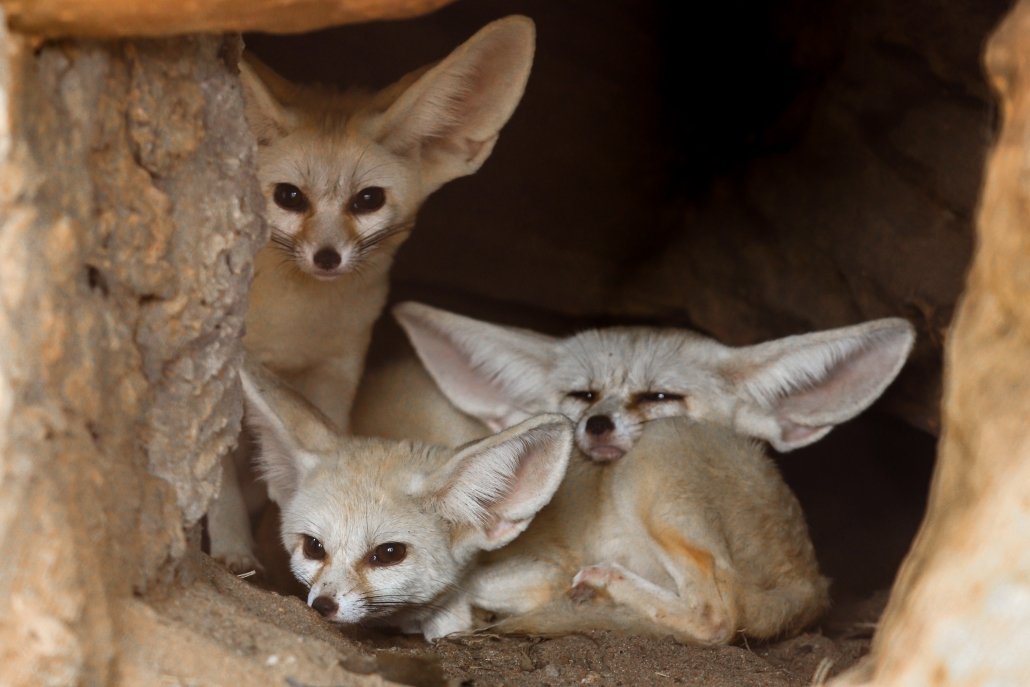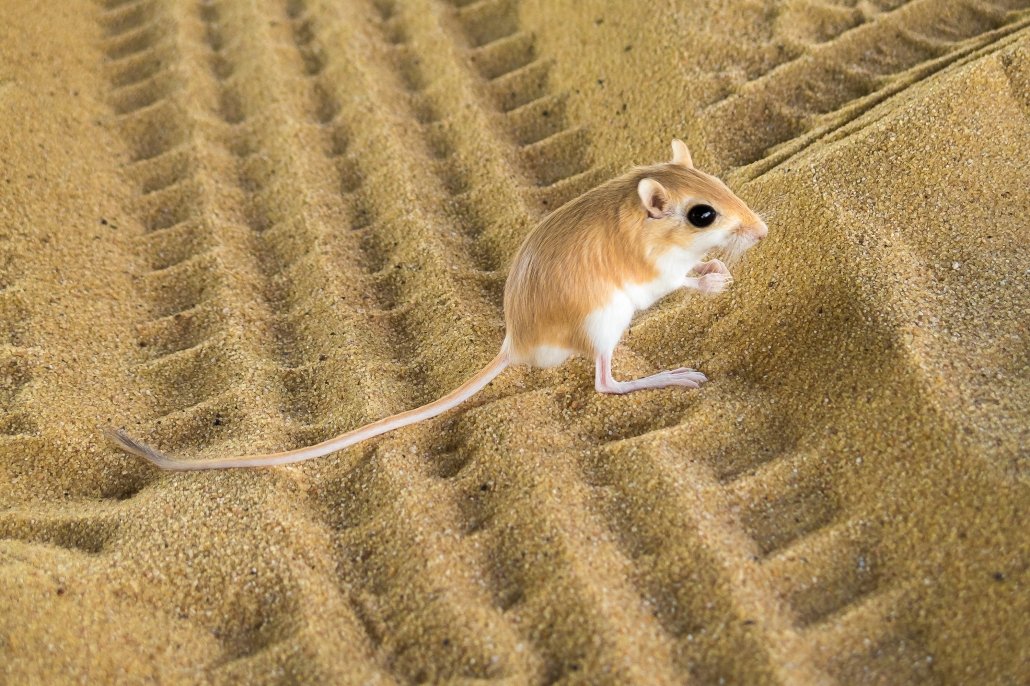How Animals Have Adapted To The Desert
How have animals adjusted to the desert?
Few animals have adjusted to survive the hottest desert regions also scorpions and small reptiles. In areas with a greater water supply, the level of biodiversity increases as vegetation such as shrubs, cacti and hardy copse grade the foundation of a more than extensive food web. As deserts are found in almost continents, different consumer species have evolved to survive the harsh desert environment.
How accept camels adapted to the desert?

A family of camels in the Thar Desert
Camels take been domesticated for at least 3500 years and have long been valued as pack animals. They can carry large loads 25 miles a 24-hour interval. Camels take adapted to survive hot deserts because they:
- have humps to store fat which a camel can suspension down into h2o and energy when nourishment is not bachelor;
- rarely sweat, even in hot temperatures, and then when they do take in fluids, they can conserve them for long periods of time;
- take big, tough lips enable them to pick at dry and thorny desert vegetation;
- have broad, flat, leathery feet to spread their weight and provide protection from hot sand;
- lose little h2o through urination and perspiration; and
- take slit-like nostril and two rows of eyelashes to protect themselves from the sand.
How accept fennec foxes adapted to the desert?

A family of fennec foxes
The fennec flim-flam is the smallest of all fox species. They are found in the Sahara Desert and elsewhere in N Africa. They are nocturnal, which helps them deal with the heat of the desert environment. They take likewise made some physical adaptations to help equally well. For example, they:
- have thick fur on feet protecting them from the hot ground;
- have large, bat-like ears radiate body heat and help go along them cool;
- have long, thick hair that insulates them during common cold nights and protects them from the hot sun during the day;
- have light coloured fur to reflect sunlight and proceed their bodies cools.
How have kangaroo rats adjusted to the desert?

A kangaroo rat
A kangaroo rat is a rodent that is plant in desert areas in south-western North America. Desert kangaroo rats live in areas with loose sand, frequently dune terrain. Kangaroo rats have fabricated several adaptations to enable them to survive in the desert, including:
- getting wet from their seed diet;
- living in burrows during the twenty-four hours to avoid extreme oestrus;
- having large back legs that allow them to jump almost 3m to avoid predators;
- having large ears, which enables them to hear approaching predators.
Source: https://www.internetgeography.net/topics/how-have-animals-adapted-to-the-desert/
Posted by: crismanlair1941.blogspot.com




0 Response to "How Animals Have Adapted To The Desert"
Post a Comment